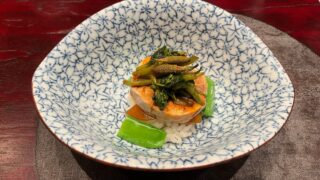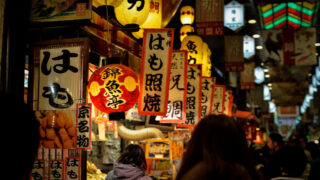Kyoto is home to more than 3,000 temples and has historically fostered a plant-based cuisine based on Buddhist precepts, known as Shojin-Ryori, in which no meat or fish is used, as the killing of animals is forbidden in Buddhism. Shojin Ryori is also about the approach to cooking and food presentation. It is characterized by lighter dishes and a focus on food presentation.
In today’s diversity-obsessed Japan, there are leading chefs working on new “Saishoku” Vegan Gastronomy, which is a further evolution of traditional Shojin-Ryori, catering to the demands of international visitors from various backgrounds, such as vegan and halal.
This article introduces the brief background of Shojin-Ryori in Kyoto, popular Shojin-Ryori restaurants in the city, and this winter-only special “Saishoku” events throughout Kyoto.
1. History of Shojin-Ryori
Shojin-Ryori is a vegan cuisine based on Buddhism’s non killing percept. In the 13th century, Zen Buddhism was introduced from China and the Culture spread all through Japan alongside various cooking methods by Japanese Monks, who studied Zen Buddhism in China (Song Dynasty). During the Kamakura period (1185-1333), mortars became widespread and miso became used as a seasoning, giving birth to the worldwide renowned miso soup and dengaku. In the Muromachi period (14th century), the shogunate moved to Kyoto and Shojin-Ryori was passed on to the samurai families and developed as part of kyoto cuisine culture. Today, Shojin Ryori reflects a legacy of Zen teachings, emphasizing mindful cooking and eating practices.
2. Kyoto’s Unique Vegetarian Cuisine
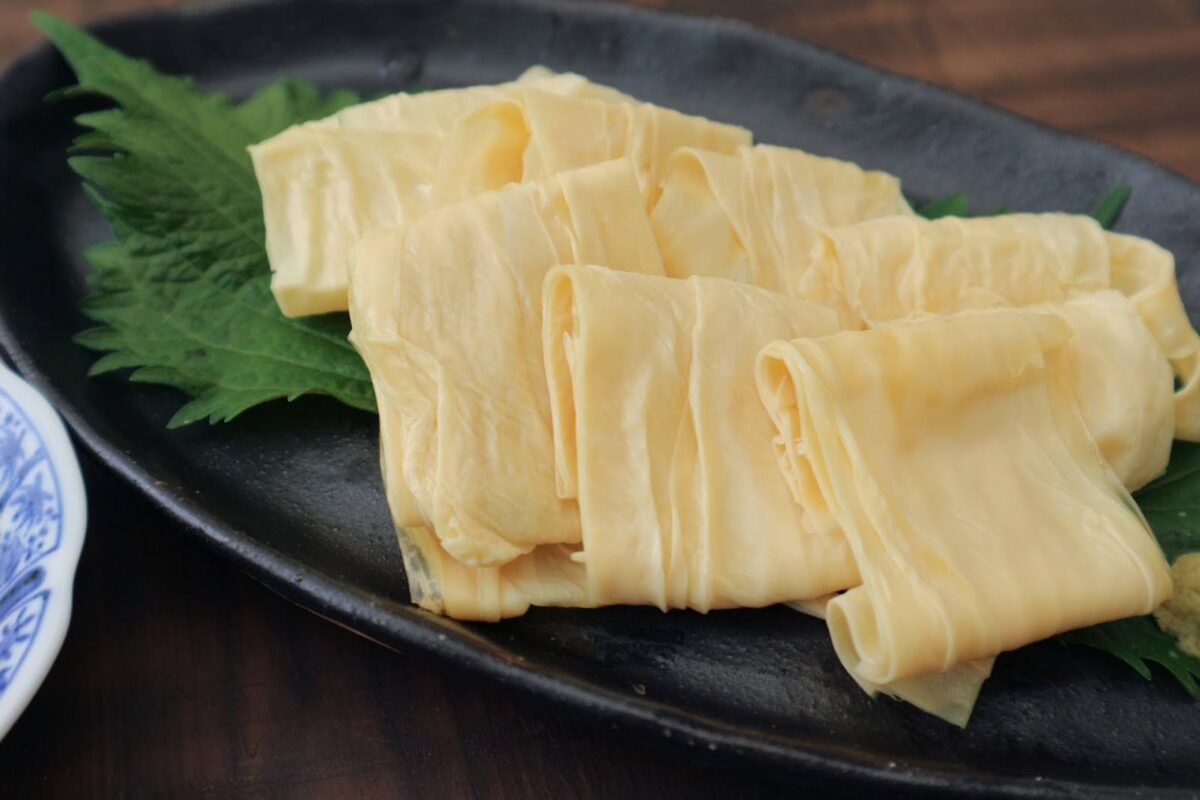
Kyotos vegetarian cuisine flourished due to the historical significance as the capital for aristocratic and warrior families but also because it is blessed with abundant groundwater resources. One big representative of Cities Shojin-Ryori is Tofu Cuisine. Thugh, a big contributor to the city’s rich vegetarian culture is Kyoto’s inland basin location, which is quite far from the sea and their extensive history of vegetable cultivation.
If you want to see the emphasis of both historical and geographical influence in Kyoto, Nishiki Market would be the perfect place to do so.
A visit to Nishiki Market, known as “Kyoto’s Kitchen”, gives still a real sense of Kyoto’s food culture, which is supported by abundant groundwater, making it a distinctive aspect of the city’s gastronomic identity.
3. Best Shojin-Ryori Restaurants in Kyoto
Shigetsu
Located in Arashiyama, this vegetarian restaurant in Tenryu-ji Temple, a famous World Heritage Site, was included in the Michelin guide and Bib Gourmand in 2020. It is characterized by its rich flavors, which overturn the image of vegetarian cuisine as being small in quantity and light in flavor. Dive into a journey full of vegetarian delicacies with Shigetsu.
Seizan Soudou
Attention Tofu Fanatics. This restaurant specializes in tofu cuisine and is also located in Tenryuji Temple. It is known as Saganos oldest tofu restaurant. Morika, which provides the ingredients to this restaurant is a long-established tofu shop that has featured in the literary works of Yasunari Kawabata and French culinary master Alain Ducasse, both a great fan of this tofu shop.
Izusen
Nestled within the serene Daiji-in, a sub-temple under the Daitoku-ji Temple, lies one of Kyoto’s renowned Shojin-Ryori establishments. A charming culinary haven, this restaurant is celebrated for its signature sesame tofu- a delectable masterpiece served in round vermillion coloured bowls shaped just like the iron bowls used by mendicant monks.
Fucha Food Kangaan
For those craving a different vibe of Shojin-Ryori in Kyoto, give “Fucha Ryori” a shot! Fucha Ryori is a flavor journey, imported from China since the early Edo period (17th century). It is characterized by its kudzu (japanese arrowroot) and a cool chinese-style setup where everyone digs into the spread on a big table. Ready for a tasty adventure?
TowZen
Fancy some unique ramen experience? This spot dishes out ramen with a twist. Get yourself some Zen Buddhist inspired ramen with organic or unadjusted soymilk for the broth. The toppings include fresh yuba leaves and soya meat, making this a vegan ramen restaurant where every detail screams perfection. Ready for a bowlful of creativity?
4. Saisyoku Fair Event in Kyoto 2024

Shojin-Ryori used to be reserved for limited people, but it is now becoming a global standard, including halal, vegan and vegetarian cuisine. To meet this global demand for vegetarianism, a campaign has been launched in Kyoto by long-established traditional Japanese restaurants and their chefs. In Kyoto, the aim is not just to serve plant-based meals but to embrace the challenge of translating the chefs’ refined personalities and philosophies.
In addition to enjoying the vegan fine dining, the campaign is also sold as a package plan that combines various cultural experiences, such as a tea ceremony experience, sake tasting and yuba (tofu skin) making experience. All events are operated with English translation.

Japan Wonder Travel Tours in Kyoto
When you are visiting Kyoto and you need some help organizing your trip, you came to the right place. We’re happy to help you make your trip to Kyoto the best trip ever. We can advise you on where to go or even better, show you around with a local, English speaking guide. Let us help you create safe, comfortable, and unforgettable memories in Kyoto!
▶Kyoto 8h Private Custom Highlight Tour with Licensed Guide
On this full-day private tour of Kyoto, you will be able to see the highlights of Kyoto in just one day and at the same time develop a deeper understanding of both the culture of the area and Japan as a whole.
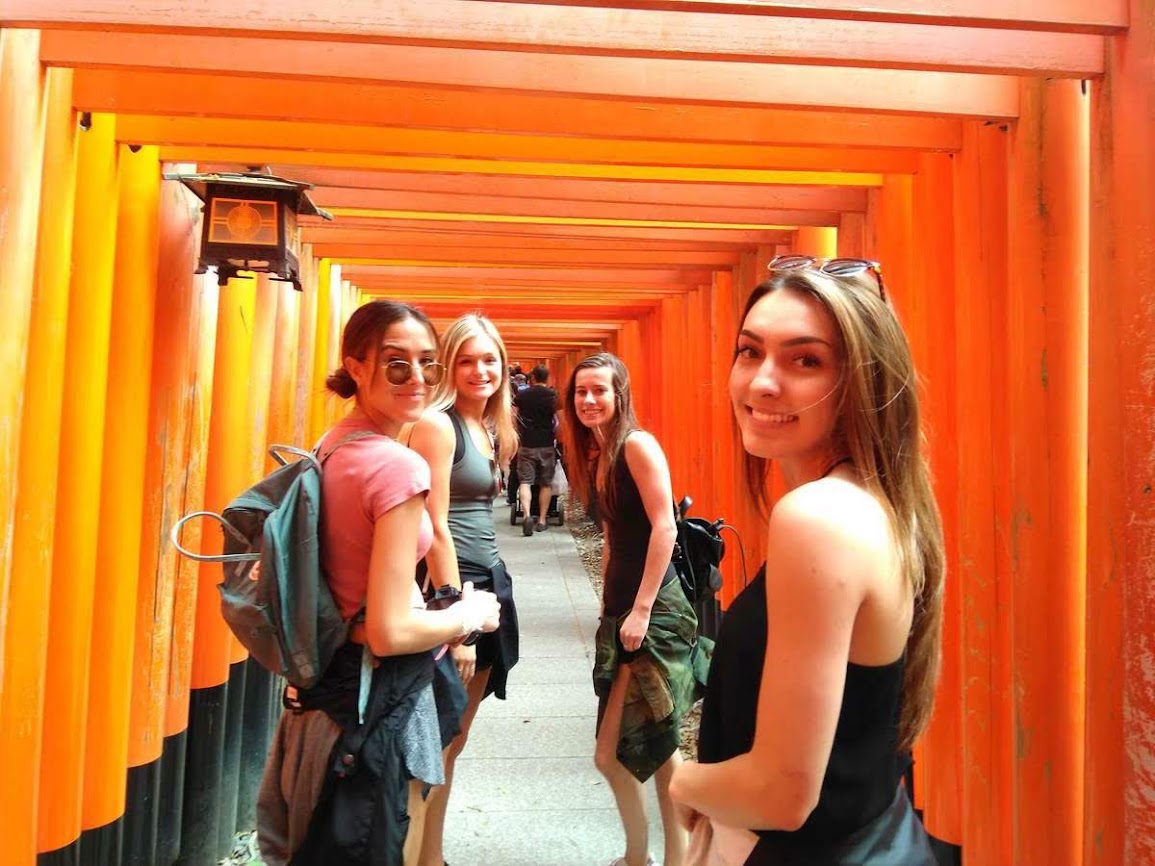
▶Meet a Geisha in Kyoto: Guided Walk in Gion and Enchanted Time with Maiko
Meet a Maiko, a geisha in Kyoto, and enjoy a walking tour in Gion, the geisha district. See an authentic Japanese tradition unfold before your eyes that has existed for hundreds of years. You’ll have chance to take a photo with Geisha!

▶Explore Nishiki Market: Food & Culture Walk
If you’re looking to learn more about the culture and the local cuisine of Kyoto, this is the perfect tour for you! Take part in this Kyoto food and drink tour and explore the 400-year-old market and the famous surrounding areas.
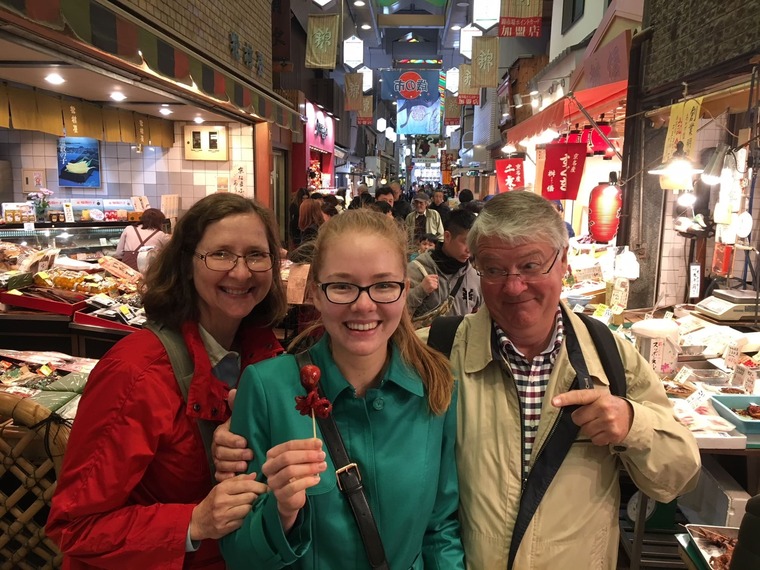
▶Kimono Experience
Kyoto is the best city to explore in kimono, Japanese traditional clothing. You can choose the one you like the most from several patterns and colors at the rental shop. In Kyoto, two locations are both accessible from the main tourist attractions which makes it easy to try it on and explore the city for a day!
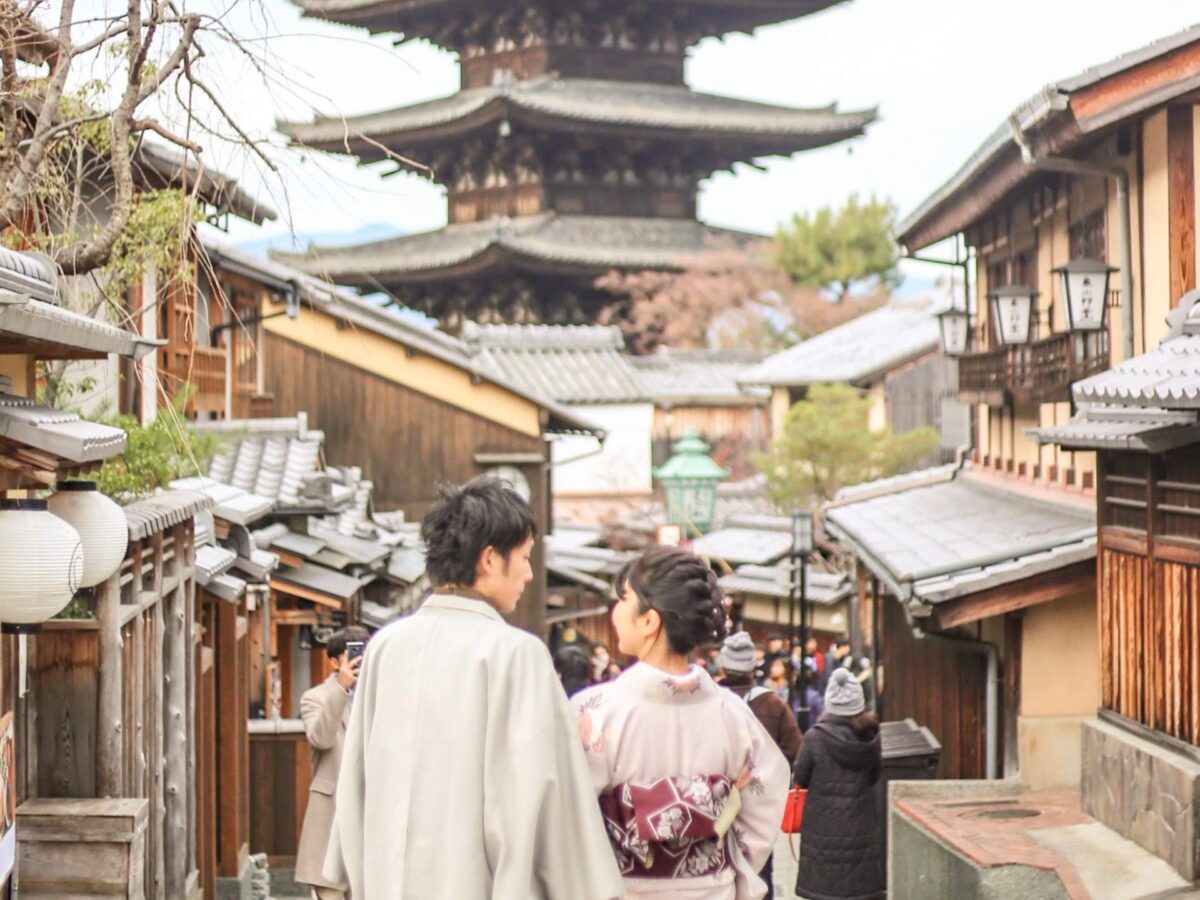
Follow us on Instagram, Facebook, Twitter, and TikTok for more travel inspiration. Or tag us to get featured!
Happy traveling!
Stay informed of the best travel tips to Japan, the most exciting things to do and see, and the top experiences to have with the Japan Wonder Travel Newsletter. Every week we will introduce you to our latest content.


